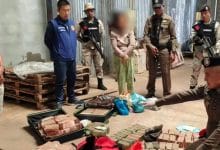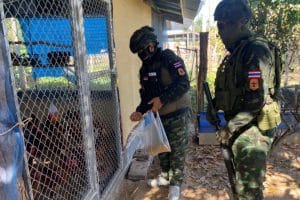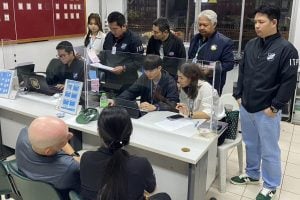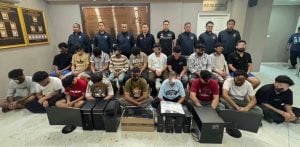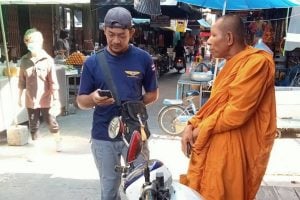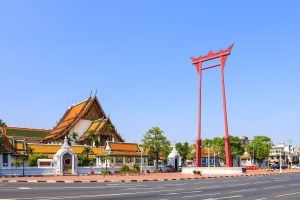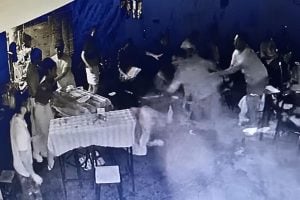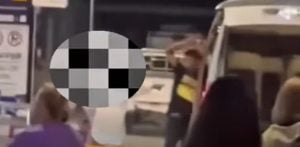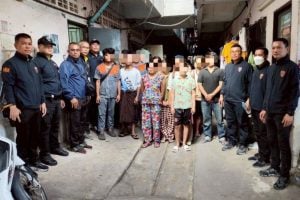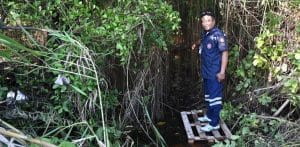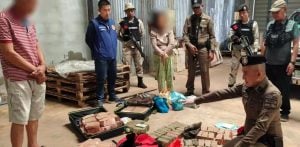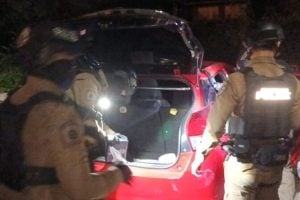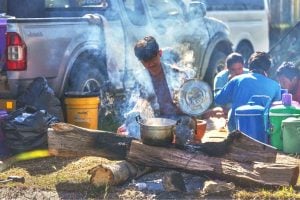Misinformation spreads amid Thai-Cambodian border tensions, fuels public outrage
False claims stir unrest as viral clip fuels border conflict confusion online
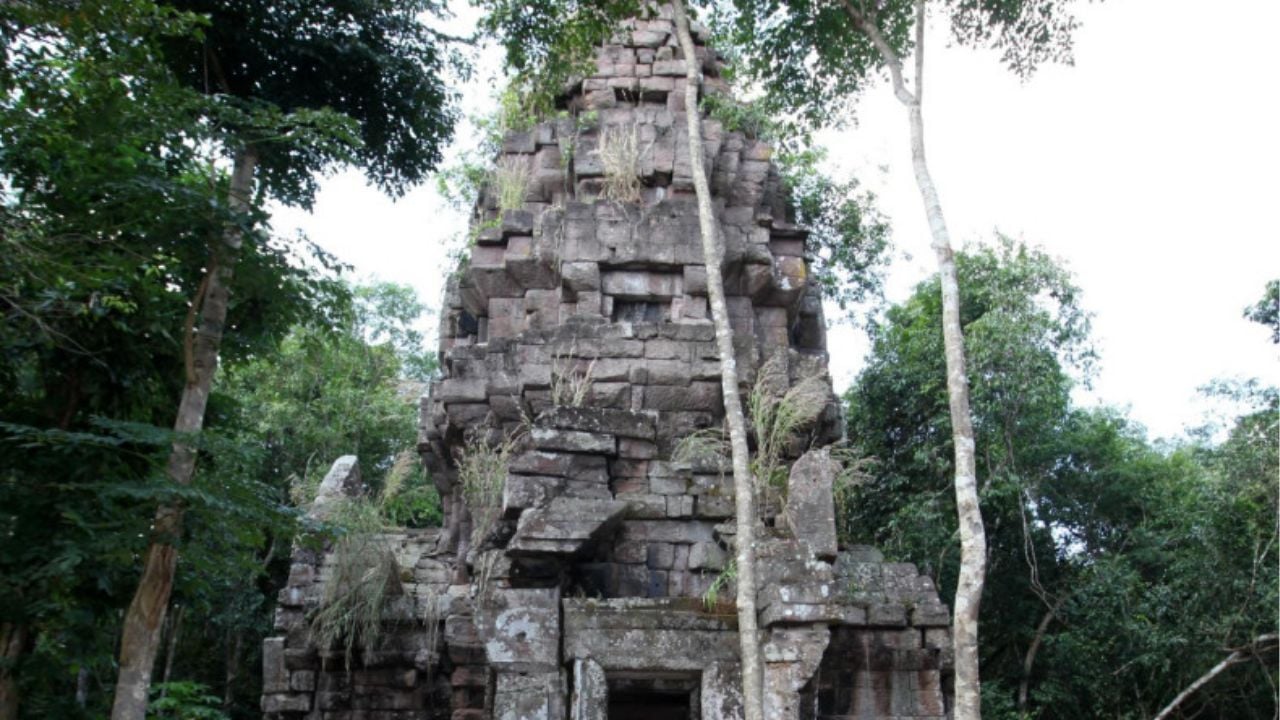
Misinformation has proliferated on social media amid recent tensions at the Thai-Cambodian border, with one viral TikTok video becoming a focal point. The clip, allegedly showing nighttime gunfire at Prasat Ta Kwai as a ceasefire began on July 28, quickly spread across major digital platforms.
Three prominent news outlets amplified the video’s reach, sparking public outrage in Thailand and potentially straining diplomatic relations. Despite official military denials, the unverified video continued circulating, fueling more distortions and conjecture.
A slow response from the government allowed misinformation to gain traction. Kultida Samabuddhi, editor of Cofact Thailand, a fact-checking and media literacy group, warned that though the impact may not be immediate, the video could be used in international forums such as the UN or the Security Council.
Kultida highlighted the ease with which manipulated media can be stripped of context and repurposed in today’s digital landscape. She emphasised that both technology companies and journalists have a responsibility to act against this trend.
“Online, anger, disgust, and distrust are proliferating, creating a hostile information environment,” she stated. “Such instability invites manipulation and hampers efforts for peaceful dialogue.”
Kultida pointed out that human nature tends to lean toward negative or defensive interpretations and that ongoing border tensions have heightened public suspicion. Fact-checking in Thailand, she noted, still lacks institutional support.
ดูโพสต์นี้บน Instagram
Border tensions
She explained that journalists are responsible for reporting, while fact-checkers focus on verification, a task that requires independence, rigour, and credibility.
“Anyone can become a fact-checker. The public must learn to withhold judgment, question what they see, and refrain from sharing until verification is achieved,” she advised.
Nattapong Toomma, Senior Digital Content Reporter at Thai PBS Verify, recounted using Google Lens and Google Maps to debunk a photo falsely claimed by Cambodian media to depict the Preah Vihear Temple. His team traced the Thai flag image back to Khao Ok Talu in Phatthalung province, confirming its origin using AI-driven mapping data and Google Earth.
Chayanit Itthipongmaetee, a digital verification journalist at Agence France-Presse (AFP), discussed the pressures of verifying information in an era where fake news spreads globally. “Speed poses the greatest challenge,” she noted.
“Fake news spreads as swiftly as the truth, and people demand immediate answers. However, journalists must prioritise accuracy over speed, especially with low-quality footage.”
She observed that netizen investigators are increasingly aiding professionals in tracing misinformation back to its source, reported Bangkok Post.
“This battle isn’t merely about speed — it’s about precision. Truth, not fear, should guide public discourse,” Kultida concluded.
Latest Thailand News
Follow The Thaiger on Google News:

